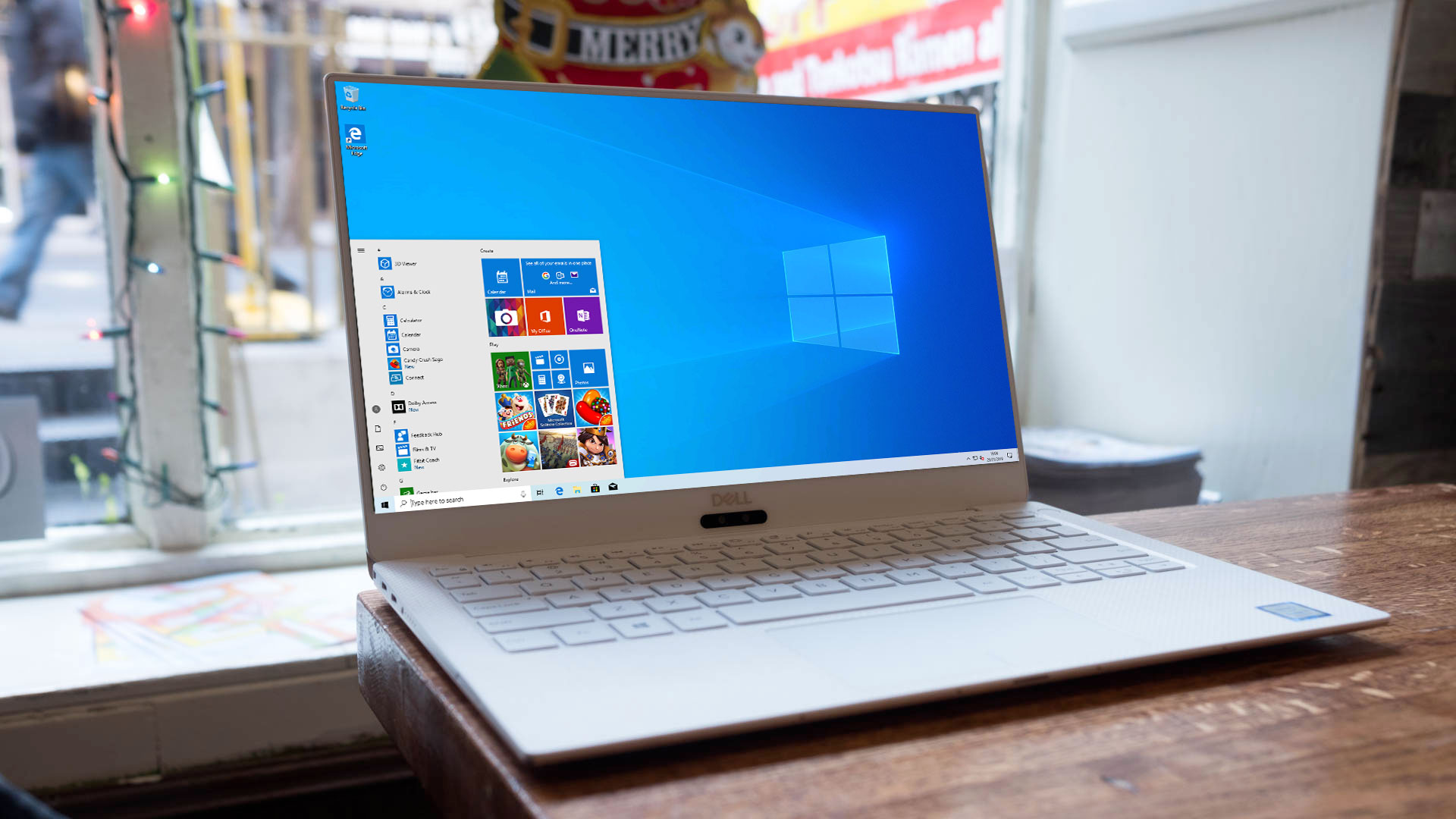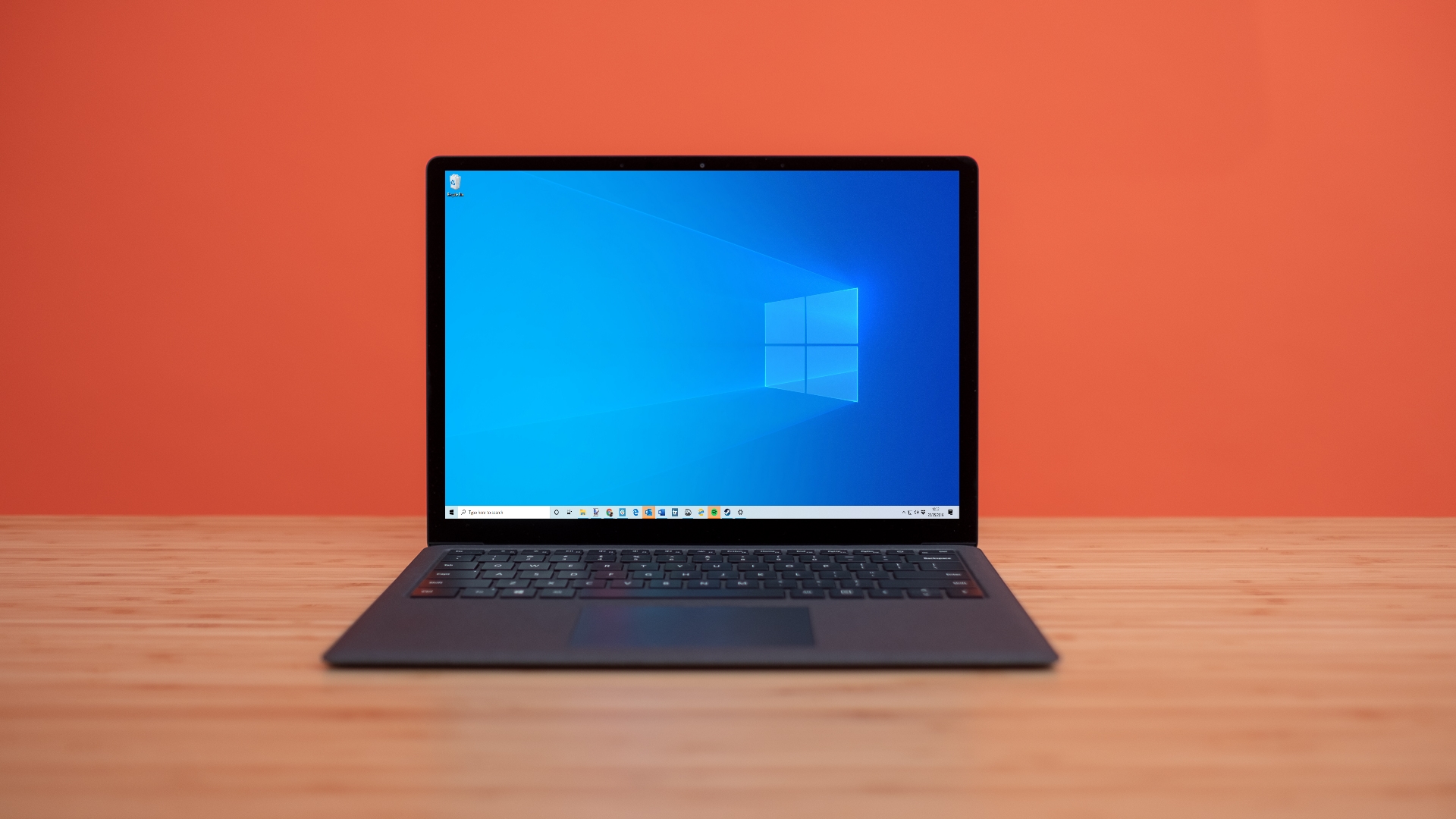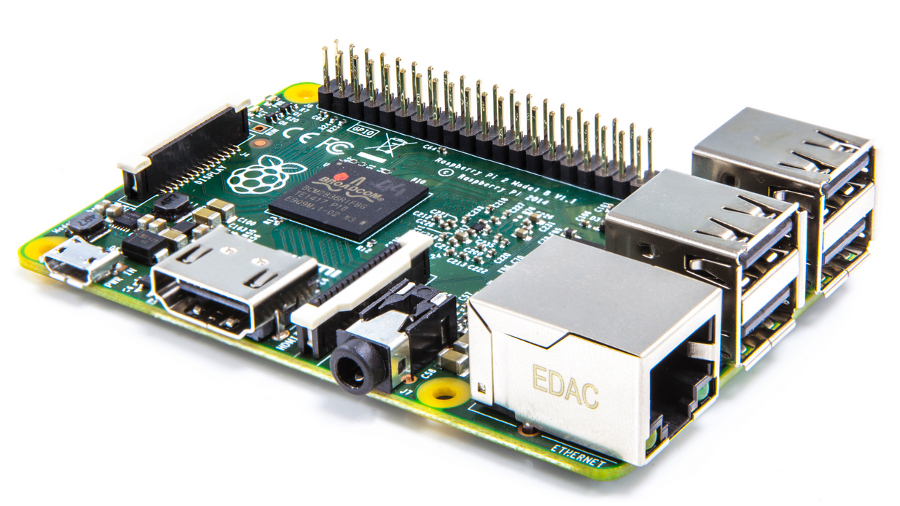Windows 10 Pro vs Windows 10 Home: All the differences explained
Plus Windows 10 Enterprise, Windows 10 IoT, Windows 10 in S mode and Windows 10 Education…

When you count all the different ways Windows 10 will be available, there are actually ten editions: Windows 10 Home, Pro, Pro for Workstations, Enterprise, Enterprise LTSC, Education, Pro Education, Windows 10 in S mode, IOT and Team, leaving you with lots of choice.
The various options break down into device or situation specific in order to suit the needs of the user, business or education system. Windows 10 Home, Pro, Enterprise and Education are the main editions with all the bells and whistles Microsoft has to offer but there are more stripped out versions that offer benefits too.
Windows 10 in S mode is one of the newer addition types which is designed to offer a more lightweight version of the OS for the most efficient performance. As such this feature-limited Windows 10 is ideal for affordable devices used in situations like education. This also works well as a less process intensive platform for older hardware and mobile devices like tablet computers.
So there are lots of versions to pick from and you may be wondering which is best for you, fret not. In this article, we'll go through the exact details of each version.
- Read more about Windows 10 migration on our sister website, ITProPortal.com

Windows 10 Home
The version of Windows 10 that you're most likely to get if you buy a new PC, tablet or 2-in-1 is Windows 10 Home, which has the key features of Windows 10, from the latest Start menu to the Edge browser, to the Windows Hello biometric login feature that uses your face or fingerprint instead of a password, to a now-mandatory Cortana – the voice-controlled assistant.
Windows 10 Home includes game streaming from Xbox One, which lets you play games from your Xbox One on your PC instead. To keep home users more secure, updates like the massive Anniversary Update overhaul from Windows Update, and you don't get the option not to install critical and security updates.
Windows 10 Home includes the Continuum feature for tablets. This is the tablet mode that simplifies the taskbar and the Start menu, and makes your apps full screen – you can split your screen between two apps, but this is much simpler than the way Windows 8.1 let you arrange windows on-screen.
Sign up to the TechRadar Pro newsletter to get all the top news, opinion, features and guidance your business needs to succeed!

Windows 10 Pro
If you use your PC for business, Windows 10 Pro has extra features over Windows 10 Home – the most important of which is being able to join a domain, including Azure Active Directory for single sign-on to cloud services (and have group policy applied as part of that).
You also get Hyper-V for virtualisation, BitLocker whole disk encryption, enterprise mode Internet Explorer, Remote Desktop, a version of the Windows Store for your own business, Enterprise Data Protection containers and assigned access (which locks a PC to running only one modern application, to use like a kiosk). Pro users can get updates from Windows Update for Business, which includes options for scheduling updates so they don't reboot PCs at important business times.
There are ways of connecting Windows Home PCs to a server, but if you want the familiar business PC experience, Windows 10 Pro is what you need. It is a free upgrade from the Pro versions of Windows 7 and 8.1 (which includes Windows 7 Ultimate as well as Professional, and Windows 8.1 Pro and Pro for Students), you'll be able to upgrade to it from Windows 10 Home, and some desktops and notebooks designed for business will come with Windows 10 Pro.

Windows 10 Pro for Workstations
As the name suggests this is Windows 10 Pro at its core but rather than being built for all work scenarios this is specifically tailored to high-end hardware. This is, as Microsoft says, the most powerful Windows yet. That means this supports very intensive tasks and as such works well with the likes of Intel Xeon, AMD Opteron and AMD Epyc processor. You can bolt together up to four CPUs and this will help you take advantage of all of them. You also get support for up to 6TB or RAM, the ReFS file system for safe storage that fights against corruption, Non-Volatile Dual In-line Memory Module and remote direct memory access.
This OS uses fewer CPU cycles meaning you end up with more capacity so you can multitask lots of processes at the same time without costing you on performance. The use of persistent memory support also means this OS will let you access your files even if you shut down the system. The Remote Direct Memory Access means you can transfer files between server, PC and SMB Direct quickly with low latency on network requests.

Windows 10 in S mode
Formerly Windows 10 S, now Windows 10 in S mode, this is a feature limited version of Windows 10 that purposely comes with certain elements disabled. As a result this is aimed at more affordable devices, making it ideal for school age education scenarios. The key here is that Windows 10 in S mode only allows for software to be downloaded and installed via the Microsoft Store, making it more secure and safe. This can be unlocked to full Windows 10 but this is permanent and cannot be switched back.
Locked system settings mean the Microsoft Edge browser is the standard using Bing as its search engine. The OS comes with a one-year subscription to Minecraft: Education Edition for free. Windows 10 in S mode could be compared to Chrome OS (which runs on Chromebooks) in terms of closed system simplicity and safety.

Windows 10 Enterprise
Windows 10 Enterprise has all the business features of Pro, and adds a number of more powerful features designed for larger companies: Direct Access for connecting without a VPN, AppLocker for whitelisting apps, BranchCache for sharing downloads and updates with other PCs using a peer-to-peer connection, and group policy for controlling the Start Screen.
There's also Credential Guard and Device Guard features for protecting Windows logon credentials and locking down which applications a PC can run, and the option of keeping a PC on the Long Term Servicing Branch where it gets only security updates (ideal for systems you need to have working reliably for years without being affected by new and changing Windows features).
The free Windows 10 upgrade doesn't apply to Windows Enterprise; that's because you can only get it with a volume licence (and you have to already have a Windows Pro licence for each PC), and if you have a volume licence you already have the option of Software Assurance, which includes upgrades.

Windows 10 Enterprise LTSC
This is the Long-Term Service Channel version of Windows 10 Enterprise meaning it's a more long-term support system with a released update scheduled for every two to three years. That gets you security updates for 10 years after its release also.
This edition does not feature the Microsoft Store or any bundled apps. This is aimed at situations where the functionality won't change over long periods of time, so for medical systems like MRI and CAT scanners, industrial process controllers and air traffic control.

Windows 10 Education
Windows 10 Education is a more recent SKU, designed for large academic organisations like universities that want the security, management and connectivity features of Windows 10 Enterprise (it's common for students to need to join the domain to use official printers, for example).
The feature list is almost identical to Windows 10 Enterprise but it doesn't have the Long Term Servicing Branch and instead of having to upgrade from Windows Pro, you can upgrade directly to Windows 10 Education from Windows 10 Home. That means educational establishments can easily make Windows 10 Education available to students bringing in their own PCs.

Windows 10 Pro Education
The idea behind this version of Windows 10 Pro is to offer the Education extras at a discounted rate to those with a K-12 academic licence. So you get most of the Windows 10 Pro features with some options deactivated by default to suit educators. The likes of Cortana, Microsoft Store suggestions and Windows Spotlight are all disabled as standard.
There are also great options that make setup and deployment easier in an educational system. In fact you can set everything up using a USB flash drive thanks to the Set Up School PC app.

Windows 10 IoT
If you have a Raspberry Pi 2 or an Intel Galileo or a range of other 'maker boards' you can get a free version of Windows 10 for them that can run universal apps. There are also versions of Windows 10 that OEMs can put on more traditional embedded devices like point of sale systems, cash tills, ATMs and other machinery.
This actually breaks down into IOT Core and IOT Enterprise versions with Core aimed at x86, x64 and ARM systems and the Enterprise version only for x86 and x64. The former is for things like digital signage, smart buildings, gateway, HMI, smart home and wearables. Enterprise is more for industry tablets, retail, kiosks, medical devices, manufacturing devices and Thin Client.
- For a load of neat tips and tricks on Windows 10, buy: Windows 10 Beyond the Manual

Windows 10 Team
This version of Windows 10 is a device specific version of the OS. It is made for the Surface Hub and comes with that as standard. The Surface Hub is a standalone interactive whiteboard with a 55-inch or 84-inch multitouch display aimed at business use.
This OS works with 3D modelling to allow for quick viewing of objects from different perspectives using touch to move. This also supports Skype for Business video conferencing and Microsoft Office for the likes of PowerPoint, Excel, Word and you also get OneNote for on-screen drawing.
Luke is a freelance writer and editor with over two decades of experience covering tech, science and health. Among many others he writes across Future titles covering health tech, software and apps, VPNs, TV, audio, smart home, antivirus, broadband, smartphones, cars and plenty more. He also likes to climb mountains, swim outside and contort his body into silly positions while breathing as calmly as possible.
